Once scarred by conflict and closed to visitors, several destinations around the world have transformed from battlefields into peaceful travel havens. These remarkable recoveries showcase the resilience of nations and communities that have rebuilt themselves from the ashes of war. While caution remains necessary, many former war zones now welcome travellers with open arms, offering unique cultural experiences and a testament to human endurance.
Cambodia: From Khmer Rouge Terror to Tourist Paradise
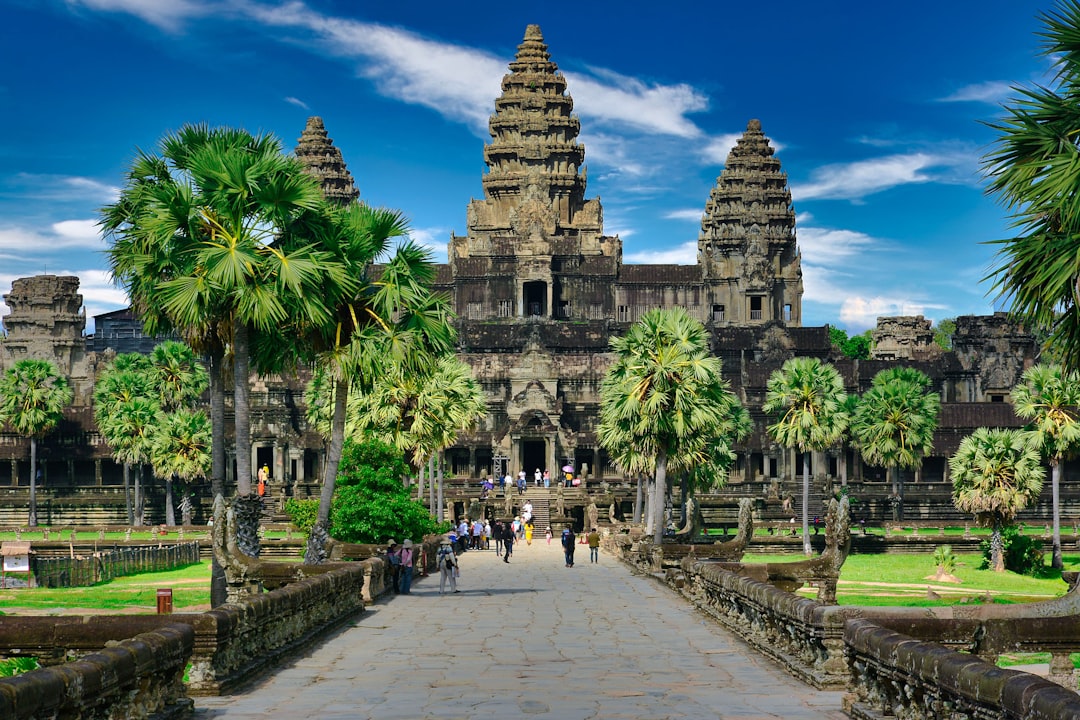
Cambodia’s tourism sector thrived in 2024, generating approximately $3.6 billion from roughly 6.7 million international visitors, a 22.9 per cent surge compared to 2023. This remarkable recovery comes decades after the devastating Khmer Rouge regime and subsequent civil wars that decimated the country.
The emergence of the Khmer Rouge regime and the ensuing decades of civil war halted most tourist travel to the site until the late 1990s. As Cambodia emerged from >20 years of political and economic turmoil, the Angkor temples have become one of the most popular tourist destinations in Southeast Asia. The iconic Angkor Archaeological Park in Siem Reap drew over 146,000 international tourists in January 2025, a 26.4% rise year-on-year. Ticket sales for renowned temples such as Angkor Wat, Bayon, Ta Prohm, and Banteay Srei generated approximately 6.9 million USD, up 25.5% from the same period last year.
The nation’s impressive tourism growth is credited to its peaceful environment, political stability, captivating attractions, and renowned hospitality. The Cambodian Prime Minister announced that Angkor Wat has been named Asia’s most attractive tourist destination by TripAdvisor.
Bosnia and Herzegovina: Rising from the Ashes of Ethnic Conflict
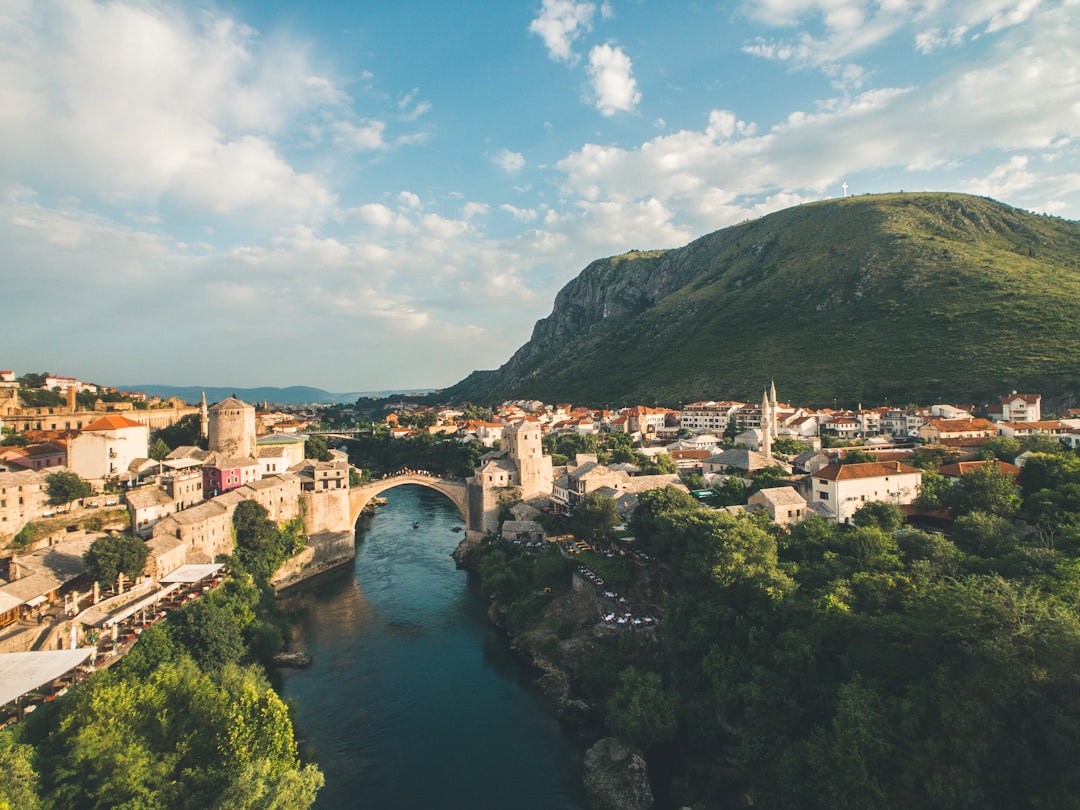
The country has emerged from the brutal ethnic conflicts of the 1990s to become an increasingly popular destination for travellers seeking authentic Balkan experiences. The country offers rugged mountains, whitewater rafting rivers, and medieval hill towns that still feel off the beaten path. It’s a great choice for travellers who want a mix of culture, nature, and authenticity without the crowds you’ll find elsewhere in Europe.
Bosnia and Herzegovina is generally safe for travellers, with most visits going smoothly. The biggest issues are tied to infrastructure and petty crime, not violence. It’s smart to stay aware of your surroundings, but the overall risk is low for anyone using common sense and staying in populated areas.
Vietnam: From Battleground to Backpacker Heaven

Vietnam has undergone one of the most spectacular transformations from war zone to travel destination in modern history. Decades after the devastating Vietnam War ended in 1975, the country has become one of Southeast Asia’s most beloved destinations for travellers of all kinds.
The nation’s incredible recovery is evident in its thriving tourism industry, with visitors flocking to experience everything from bustling cities like Ho Chi Minh City and Hanoi to the serene beauty of Ha Long Bay and the Mekong Delta. The warmth of Vietnamese hospitality has become legendary among travellers, many of whom are surprised by the genuine friendliness they encounter.
What makes Vietnam’s story particularly remarkable is how quickly it has moved from isolation to integration with the global tourism market. The country now offers world-class accommodations, incredible street food scenes, and adventure activities that attract millions of visitors annually. From motorbike tours through mountain passes to relaxing beach resorts along the coast, Vietnam has something for every type of traveller.
Rwanda: The Land of a Thousand Hills Rebuilt
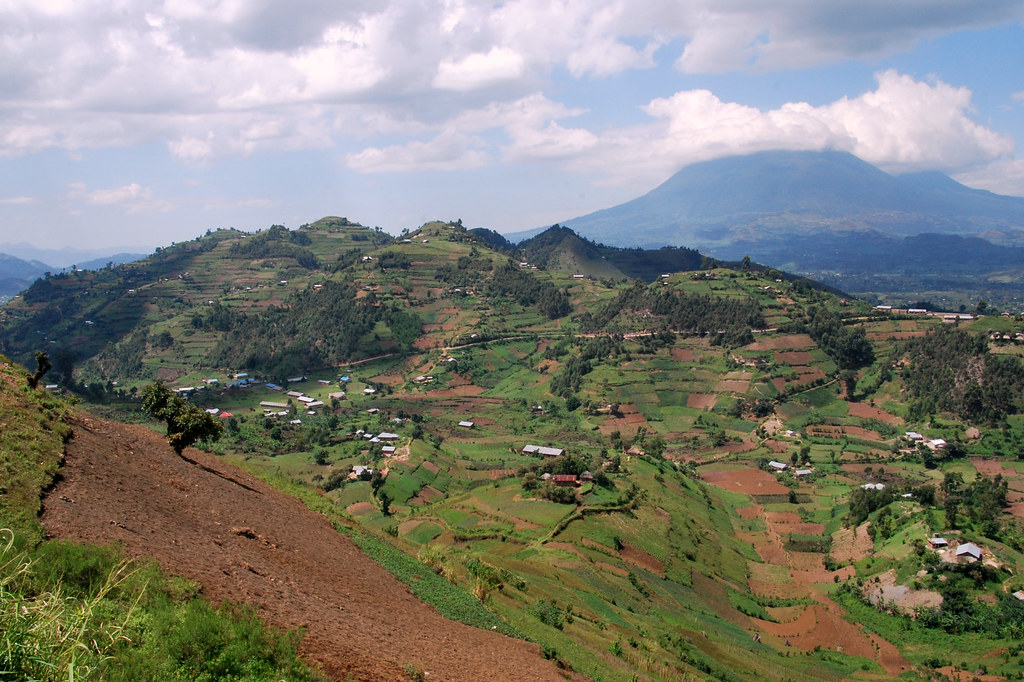
Rwanda stands as perhaps the most inspiring example of a nation rebuilding itself from the depths of tragedy. Three decades after the 1994 genocide that claimed nearly one million lives, Rwanda has transformed into one of Africa’s most stable and progressive nations, attracting visitors from around the world.
The country’s remarkable recovery is visible everywhere, from the spotless streets of Kigali to the carefully protected mountain gorilla populations that draw eco-tourists from across the globe. Rwanda’s commitment to conservation has made it a premier destination for wildlife viewing, particularly gorilla trekking in Volcanoes National Park.
Safety and cleanliness have become Rwanda’s calling cards in the tourism industry. The country consistently ranks as one of the safest destinations in Africa, with excellent infrastructure and a government deeply committed to sustainable tourism development. Monthly community service days and strict environmental policies have created a nation that many visitors describe as surprisingly pristine and welcoming.
Iraq: Ancient Mesopotamia Opens Its Doors
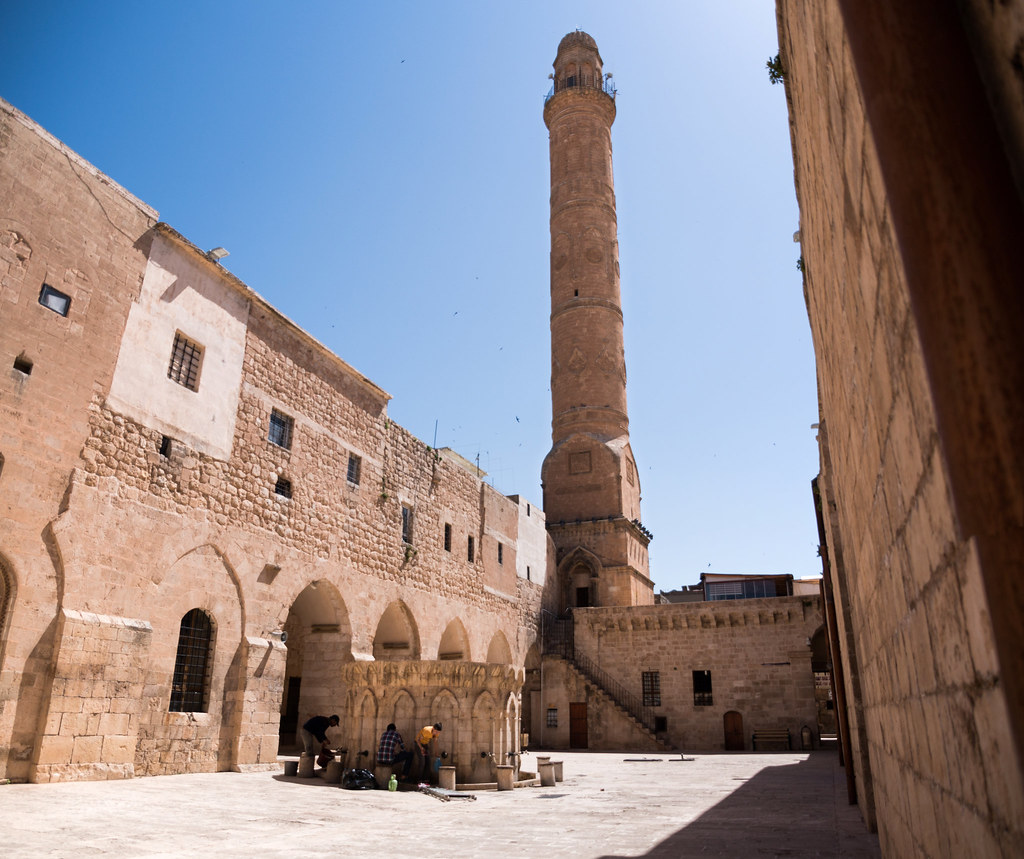
The Kurdistan region of Iraq has become increasingly accessible to adventurous travellers willing to experience one of the world’s oldest civilisations. Visitors can explore Sulaymaniyah’s buzzing bazaars, Erbil’s ancient fortresses, and beautiful Amadiya up in the mountains. Travel experts note that Iraq was one of the most welcoming countries they have been to, with people so open and sharing. After many years of war and dictatorship, they found locals just want to show the world their kind and peaceful nature.
However, security concerns remain significant, and travellers must exercise extreme caution and work with experienced local guides. The country’s tourism infrastructure is still developing, but the historical significance and cultural richness make it an increasingly attractive destination for intrepid travellers.
Afghanistan: The Crossroads Cautiously Reopening
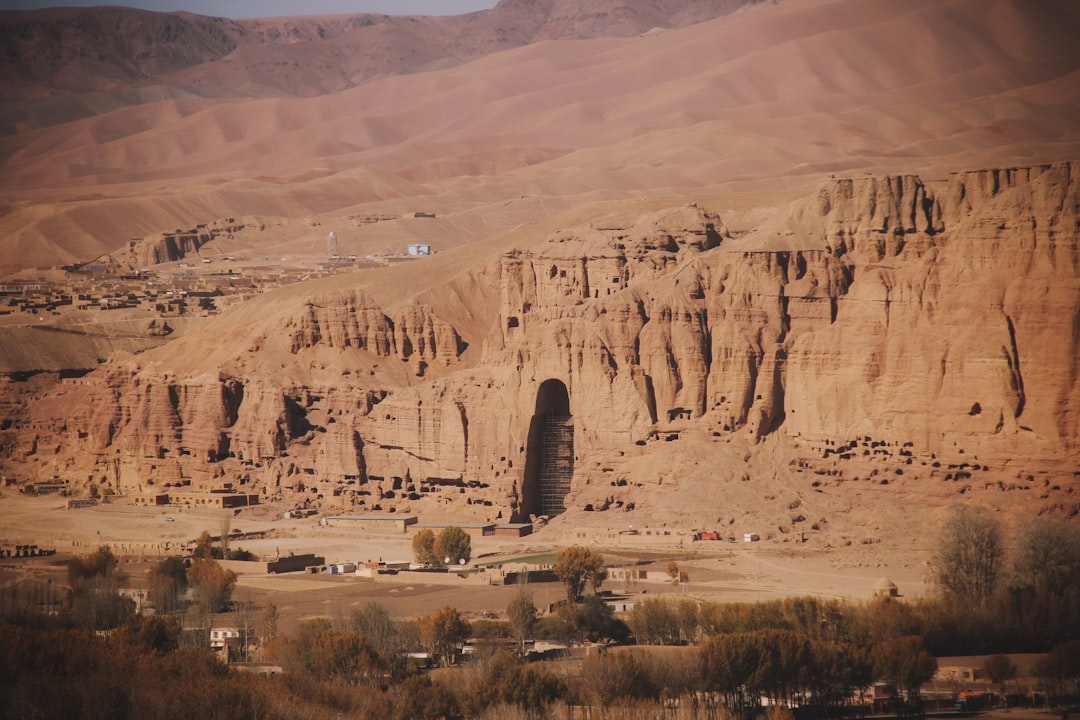
Official figures reveal that the number of foreign tourists visiting Afghanistan surged by 120 per cent in 2024, reaching nearly 5,200. Despite ongoing challenges, Afghanistan’s rich cultural heritage and stunning landscapes are beginning to attract a small but growing number of adventurous travellers.
“Afghanistan and Iraq are rising stars in the tourism world,” according to travel experts. These travellers are largely well-travelled, well-educated individuals aged between 50 and 70, many of whom are retired or semi-retired. These travellers, with a passion for venturing off the beaten path, are drawn to the authentic experiences these destinations offer.
The country offers some of the world’s most spectacular mountain scenery, including parts of the Hindu Kush range, ancient Silk Road cities, and archaeological sites dating back thousands of years. However, travel to Afghanistan requires extensive planning, security arrangements, and should only be undertaken by experienced travellers with proper local contacts and guides.
Conclusion
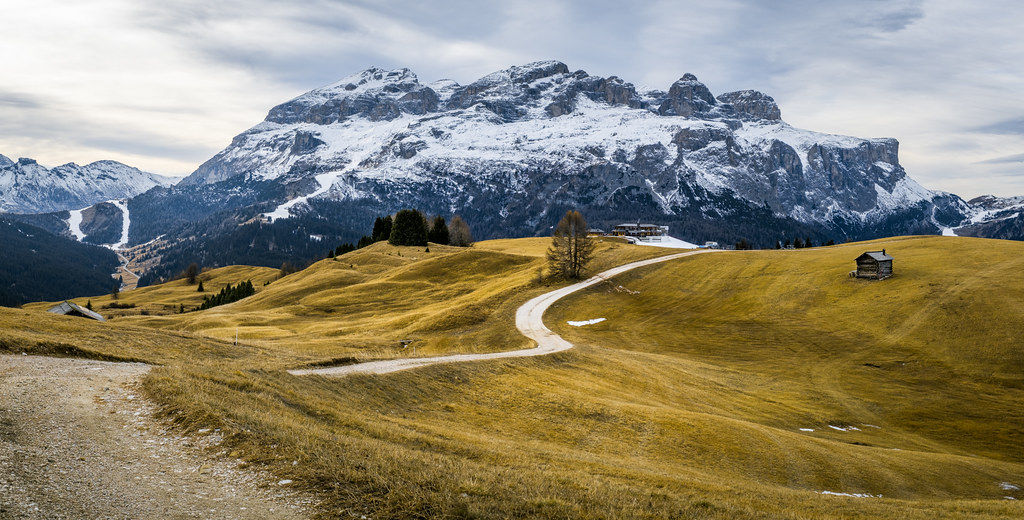
These six former war zones demonstrate the remarkable capacity for healing and renewal that exists within human societies. Travel to regions once synonymous with conflict and unrest is booming, driven by travellers seeking authentic experiences and historical understanding.
While each destination presents unique challenges and requires careful planning, they offer rewards that traditional tourist destinations simply cannot match. The resilience of local communities, the depth of historical experience, and the genuine appreciation for visitors create travel experiences that are both humbling and transformative. What do you think about visiting these recovering destinations? Tell us in the comments.
